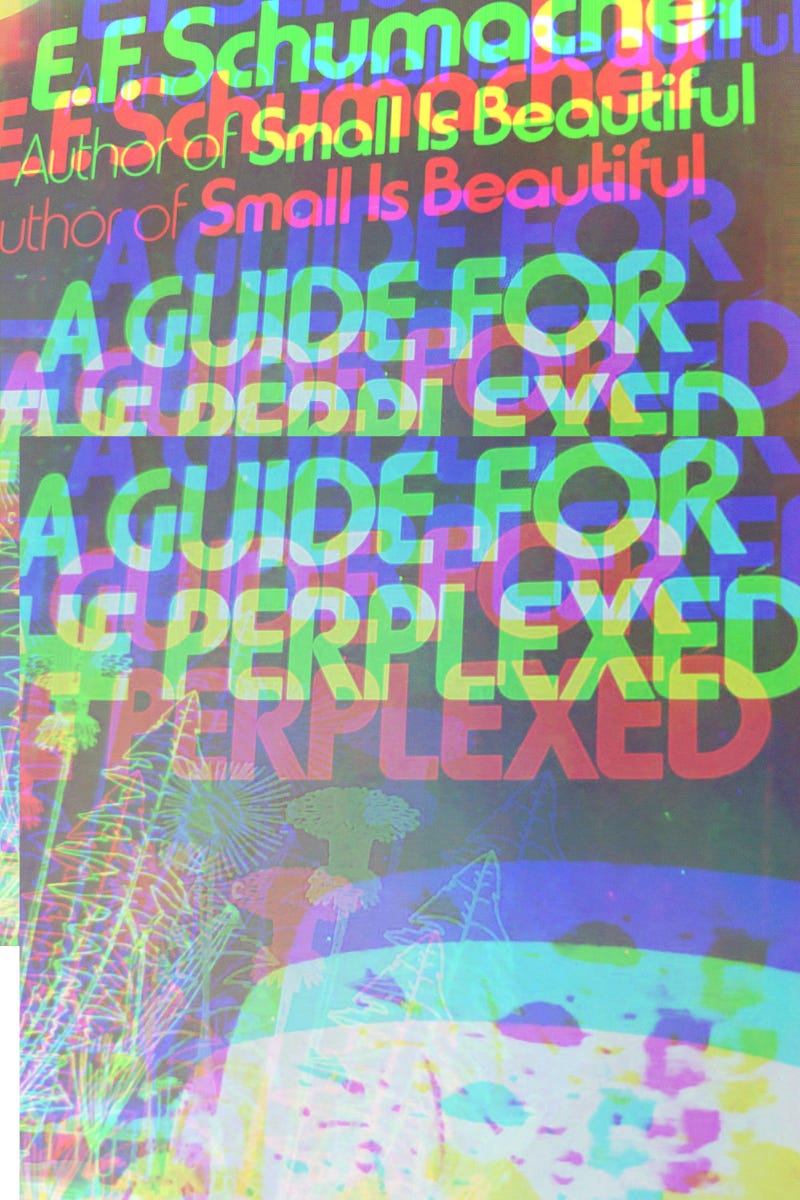“Does E.F. Schumacher’s appreciative discussion of Edgar Cayce concern you?” I asked Fr. Schall at lunch.
It was a fair question. Schall’s Another Sort of Learning strongly recommended E.F. Schumacher’s A Guide for the Perplexed.1 Perplexed, in turn, approvingly quoted and cited New Age spiritual icons Edgar Cayce and P.D. Ouspensky.2
By application of the…
Keep reading with a 7-day free trial
Subscribe to Eric Scheske's Outside Modern Limits to keep reading this post and get 7 days of free access to the full post archives.


